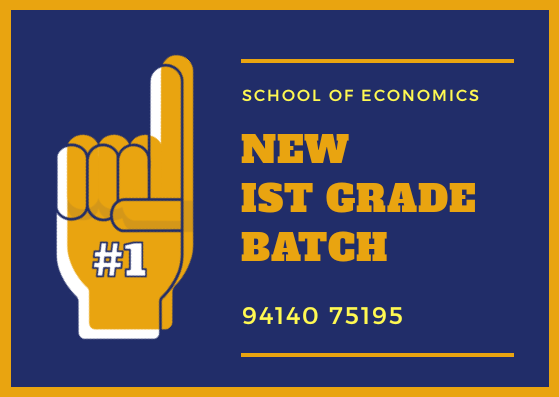Prof. Romer, in his Endogenous Growth Theory Model, includes the technical spillovers which are attached with industrialization. Therefore, this model not only represents endogenous growth but it is closely linked with developing countries also. Moreover, in Homer’s model, just the technological spillovers are considered ignoring the determinants of savings and the problems of general equilibrium.
According to Romer, the processes of production are derived at the level of a firm or industry. Each firm individually operates under perfect competition. In this way, this model coincides with perfect competition, and up till here, this model is close to the assumptions of Solow model. But Romer deviates Solow when he assumes that the stock of capital in economy (K) influences the level of output positively at the level of industry. This situation leads to generate increasing returns at the industry level.

Romer includes the level of knowledge in firm’s stock of capital. The knowledge part of the stock of capital is essentially a public good (as it has been shown with A in the Solow model). This knowledge or information shift over to the other firms rapidly in the form of a jump. Hence, this model wants to promote learning by investing. Accordingly, in Homer’s model, the investment in learning or knowledge determines the economic growth, while in the H-D model, it is the physical investment which determines the rate of economic growth.
Formula/Equation:
The formula for basic production function, according to Romer is as:
Yi = AKiα Li1-α K-ß
For the sake of simplicity, he considers all the industries alike. As a result, each industry will employ similar amount of capital and labor. Accordingly, the aggregate production will be as:
Y = AKα+ß L1-α
In the beginning, we assume that the value of A does not increase with the passage of time, rather it remains fixed. It means that for the time being it has been assumed that no technical progress takes place. As we take the total differential of the general production function and divide it by dt as:
Where g shows the rate of growth of output and n represents growth of population. As Solow model assumes constant returns to scale, therefore, in that model ß = 0. Hence, in the absence of technical progress the per capita growth rate will be zero.
All the three factors described by Romer which also include the externalities of capital, will make ß = 0. As a result, the per capita growth rate, i.e., g – n > 0, and Y/L , i.e., per capita output will be increasing. Again, we have introduced the endogenous growth in the model which depends upon savings and investment, not on the productivity like exogenous factor. Thus, the notable property of Romer’s model is this that because of investment or technical spillover, the diminishing return’s of the capital can be checked.
Criticism of New Growth Theory:
(i) The main flaw of NGT is this that it is also based upon so many traditional neoclassical assumptions which are not applicable in case of UDCs. As , here it has been assumed that there is a single production sector or all the industries are alike. Therefore, because of growth, the re-allocation of labor and capital amongst different industries and sectors is not entertained by the NGT. Moreover, in case of UDCs, the economic growth is also affected by weak infrastructure, inadequate institutional setup and ineffective capital and goods markets. As the NGT ignores such like powerful factors, therefore, when we analyze the growth rate of different countries, we will not be able to implement this theory.
(ii) The backward countries are not only poor because of reduced savings and investment in human capital but also because they have a backward system of incentives. The developing countries often experience the allocate inefficiencies, particularly when they transform themselves from traditional economists to commercialized market system.
(iii) The NGT is concerned with the determination of long run growth rate whereas as far as developing countries are concerned, it is more important for them to determine the short term and medium term growth rate. Moreover, the NGT fails to get the empirical support.
